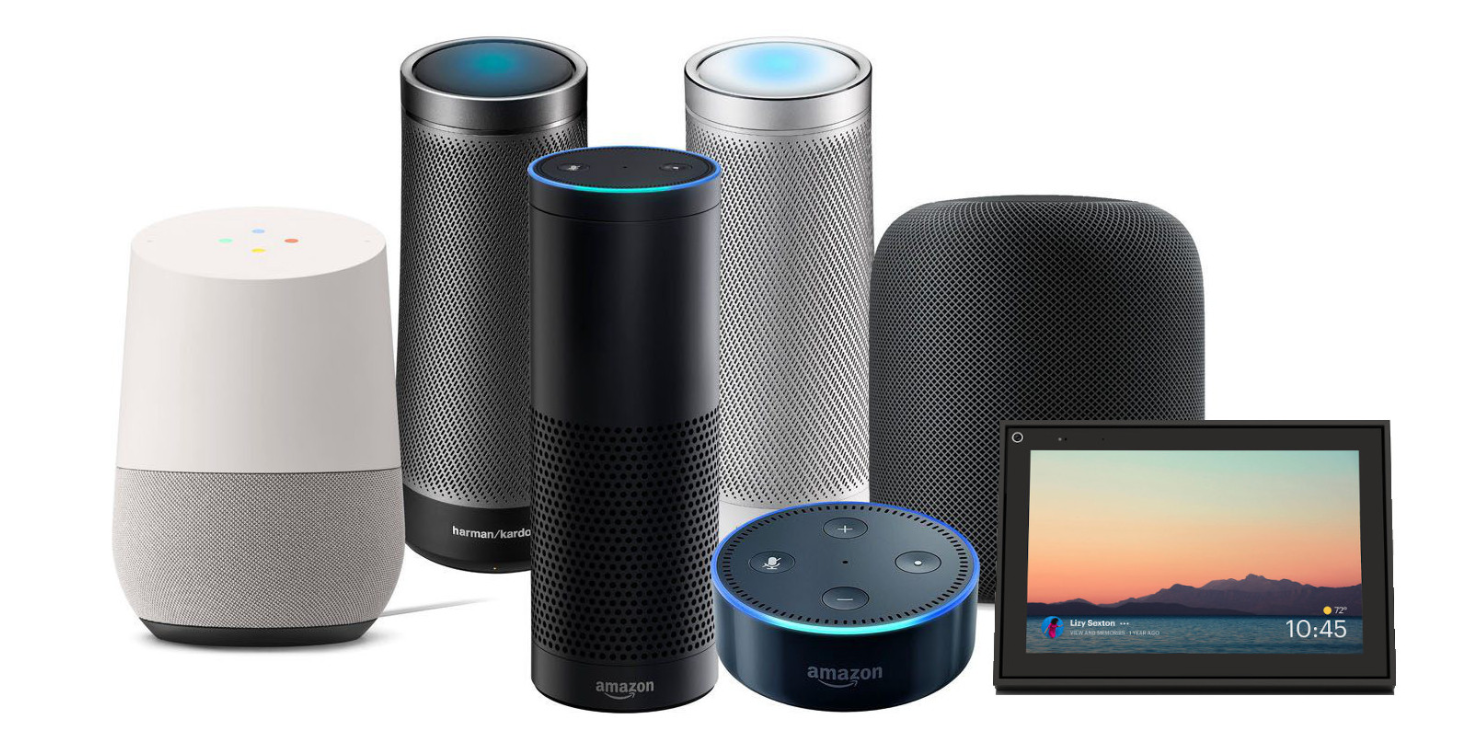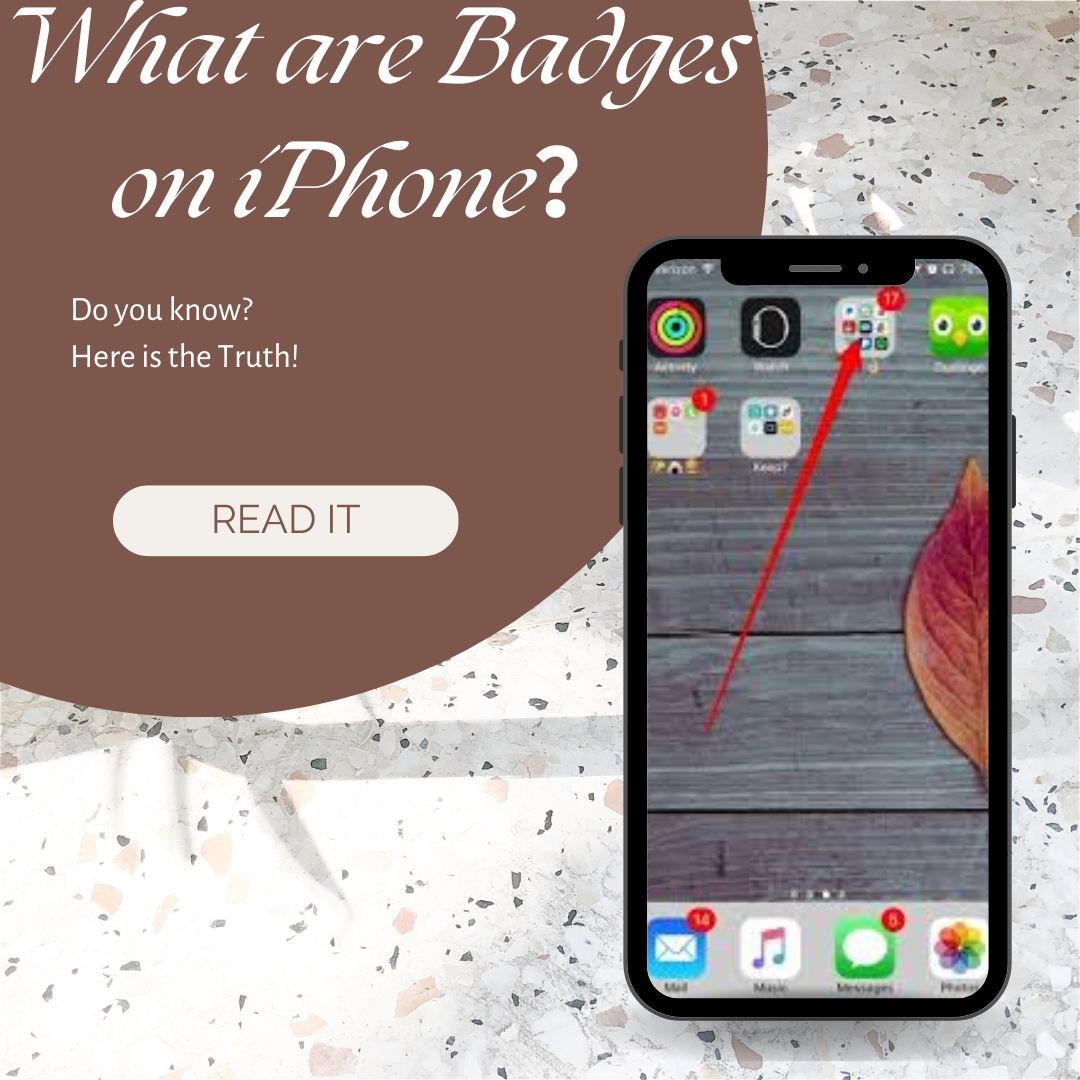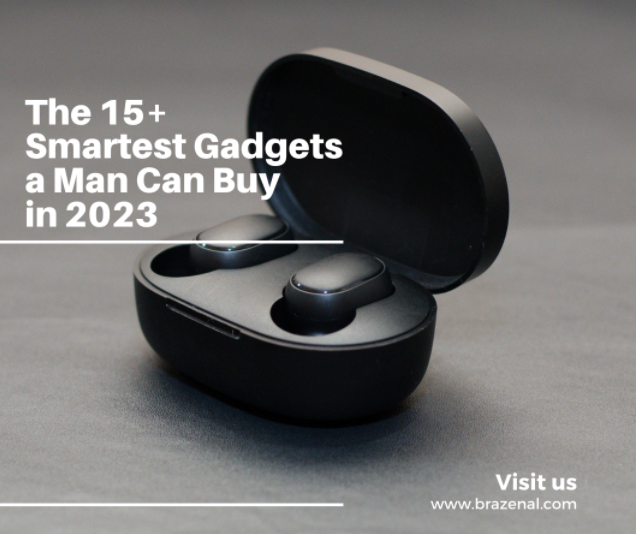In today’s fast-paced world, headphones have become an essential accessory for many people. They allow us to enjoy music, make calls, and engage with various forms of media.
Most likely, you’ve seen a pair of bone conduction headphones, if you’ve ever seen headphones that don’t go over the listener’s ear or even into the ear. These strange things do the same thing as regular headphones but work differently.
There’s a lot more to it than that, though. In this guide, we’ll detail what bone conduction headphones are, how they work, their advantages and disadvantages, and more.
What Are Bone Conduction Headphones?
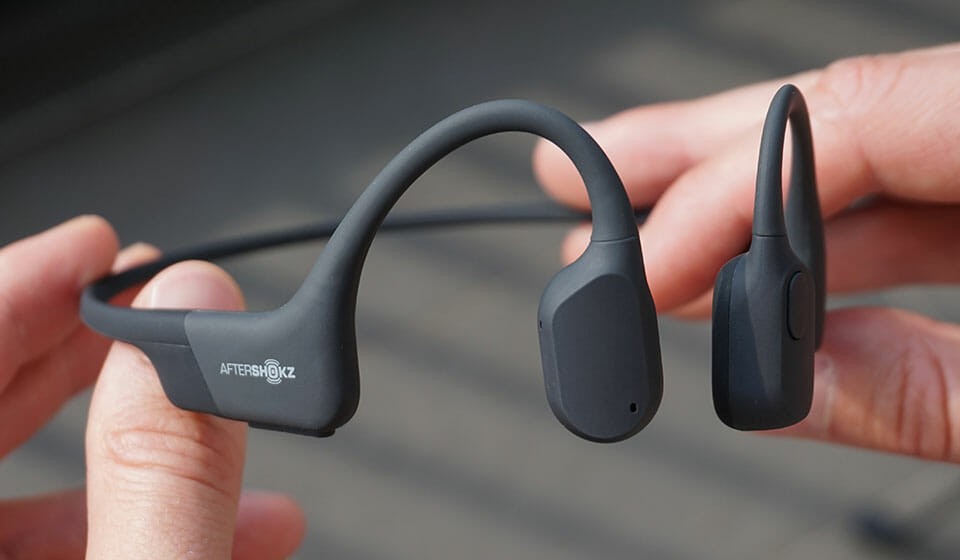
Bone conduction headphones are compact headphones that send sound through movements rather than air. The technology sends sound messages straight to the brain by using waves. Bone conduction technology makes hearing a beautiful symphony of sounds from one of our weakest bones seem like magic.
Unlike traditional headphones or in-ear headphones, bond headphones’ transducer, or speaker-like buzzing device, does not move the air in your ear canal. Instead, it shakes or rattles your skull in an almost invisible way. The inner ear understands these movements, so the person wearing the headphones can hear the sound without playing it back into the “ear.”
The result is a more powerful form of magic. Your ears are still open to outside sounds, but the sound from your portable device sounds inside your head.
How Do Bone Conduction Headphones Work?
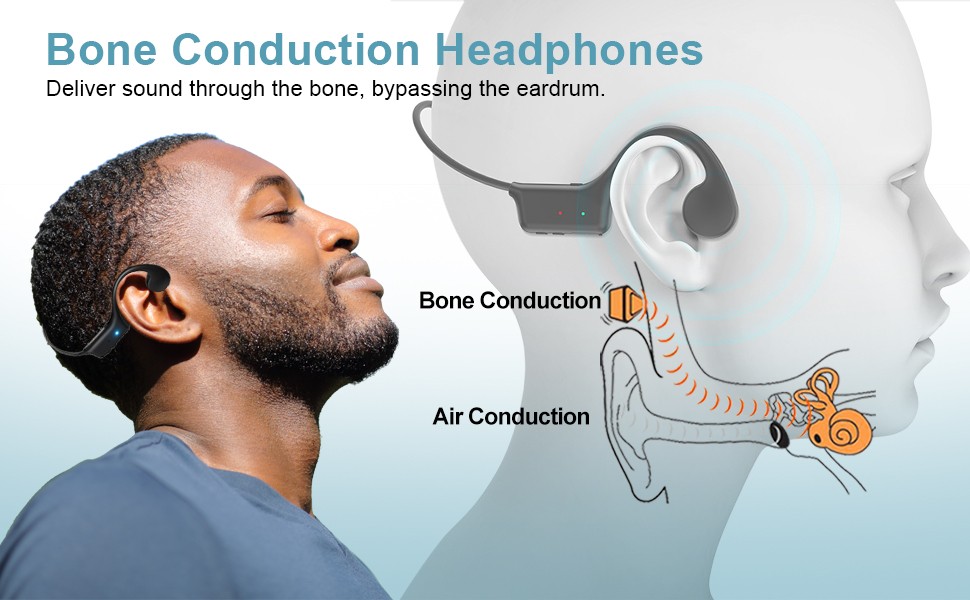
Bone conduction headphones use a method called bone conduction audio technology. Sensors in this technology turn hearing data into movements that travel down the user’s bones to the cochlea, a part of the inner ear that sends information to the brain through the auditory nerve.
In a sense, the user’s head is the gadget’s speaker. This differs from regular headphones, which use speakers put inside or on top of the outer ear to send sounds to the ear.
From a technical point of view, the sound is just particles moving around. When most people think of sound, they picture vibrations in the air. But sound can also move through things and liquids. So, because the bits in objects can also move, meat and bones can be used as speakers.
Solids spread sound faster than air and water because the particles in solids are the most tightly packed. This makes solids the best sound conductors, followed by water and air, which have a looser particle structure.
Bone conduction headphones are designed with this fact in mind. Most models have a band that wraps around the back of the user’s head, securing the vibration-producing pads to the skin above each ear.
The ear pads curl slightly over the top of the ears to help secure the device to the user’s head. Securing these pads to the user’s skin minimizes sound distortion because sound travels directly from the pads through the skull with no air between.
Uses of Bone Conduction Headphones

Bone conduction headphones are getting more and more attention because of their unique technology and many uses. Traditional headphones send sound through the ear canal. Bone-conduction headphones send sound waves through the bones of the brain. They can be used in various ways to fit different needs and ways of life.
Let’s delve into the diverse applications of these innovative headphones.
Sports and Outdoor Activities
One of the main times when bone-conduction headphones are used is during sports and other activities that take place outside.
Bone-conduction headphones let you listen to your favorite music, podcasts, or inspiring audio while running, riding, climbing, or doing other activities outside without making it hard to hear what’s happening around you.
Because they are open, you can see things like cars or people walking, which makes them safer for people who like to be outside.
Fitness and Workouts
Fitness enthusiasts often find bone-conduction headphones a perfect fit for their workouts. Because of how well they fit, these headphones stay in place even when you work out hard.
Also, hearing your music and other sounds around you helps you stay focused and interested in taking advantage of all important directions from your trainers or gym messages.
Hearing Impairments
Bone conduction technology was first made for people with trouble hearing and is a useful tool. Bone-conduction headphones can help people with conductive hearing loss, affecting the ear canal or the middle ear.
These headphones trigger the cochlea by going around the broken parts of the ear. This makes it easier for people to hear sounds.
Underwater Activities
Bone-conduction headphones also find utility in aquatic environments. Some types are made to be waterproof, so swimmers and dives can listen to music or get directions while they are underwater.
Because sound moves well through bone, these headphones get around the problems water would cause with regular headphones.
Benefits of Bone Conduction Headphones
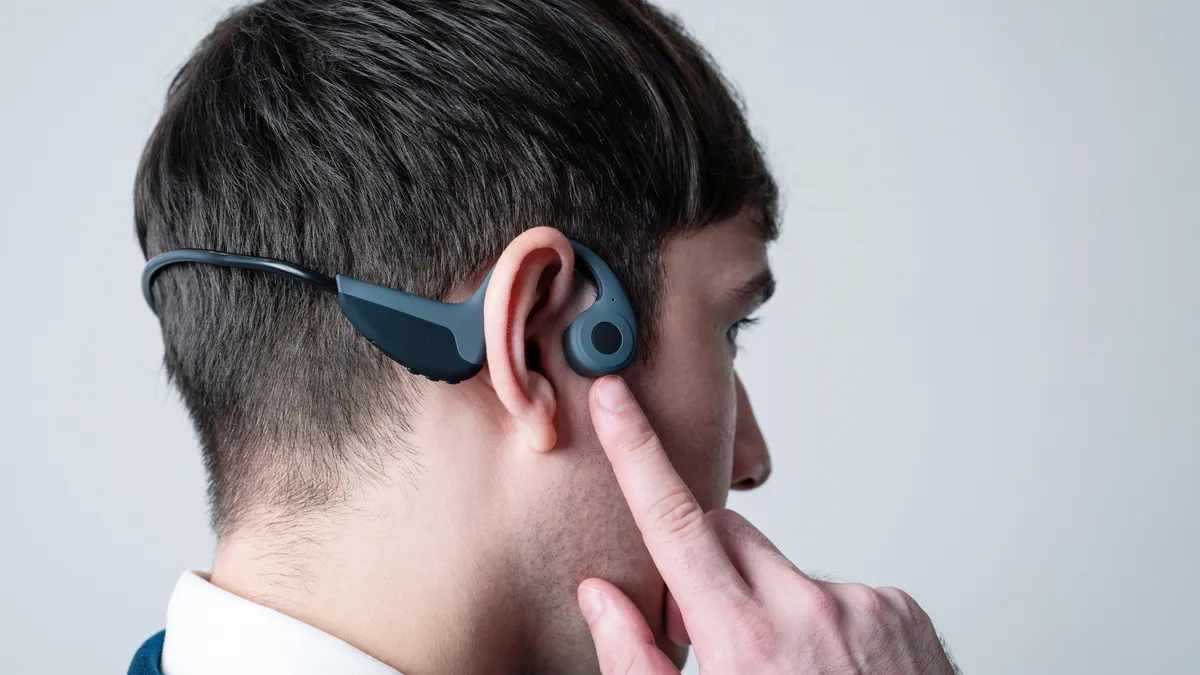
Open-Ear Design
The fact that bone conduction headphones are open-ear is one of their best features. This is helpful for many users because they can use headphones and stay in touch with the outside world. People can still hear things around them since they don’t cover the ear canal.
This is especially important when running or riding outside, where being aware of your surroundings is important for safety.
Comfort
Many users find bone-conduction headphones comfortable to wear for extended periods. They don’t put pressure on the ears like regular headphones do, so they are good for people who get tired of wearing headphones for long periods.
Hearing Impairments
These headphones are great for people who have trouble listening in some ways. They can provide audio without relying on functioning eardrums or ear canals.
No Ear Fatigue
Long listening sessions with traditional headphones can lead to ear fatigue. This is less of an issue with bone-conduction headphones since they don’t cover or insert into the ears.
Situational Awareness
Bone-conduction headphones let people listen to music or talk on the phone without blocking their surroundings. This feature is particularly useful for joggers, cyclists, and pedestrians.
Disadvantages of Bone Conduction Headphones

Even though bone-conduction headphones are new and can be used differently, people have reacted differently.
Sound Quality
Even though bone conduction technology has improved, these headphones might not sound as good as standard high-end headphones.
The vibrations can sometimes result in a less rich audio experience. Many users agree that the sound quality of bone phones is worse than regular headphones. Specifically, users report that they are typically quieter and have weaker bass frequencies.
Leakage of Sound
Since bone conduction headphones don’t cover the ear canal, their sound could be heard by people nearby, which could be a problem in quiet places.
Some users say that louder music makes their faces feel weird or uncomfortable. The design also lets some sound out, which can be a problem for people who want to listen in private or quiet places without bothering others.
Less Bass
Since these movements are less successful at sending low-frequency sounds, bone headphones can have trouble reproducing deep bass frequencies.
Conclusion
Bone conduction headphones are not for everyone, but they have given many people a new way to listen to music. This technology can be much better than standard headphones and even save lives in the right situations. Bone conduction headphones are a unique way to listen to music while being aware of what’s happening around you.
The most significant advantage is situational awareness. When using bone conduction headphones, your ears can still listen through air conduction. Nothing is around to block it, so you can fully hear what is happening nearby.
Bone-conduction headphones are an interesting way to listen to music, whether you’re an athlete, have trouble hearing, or want to try something different.
